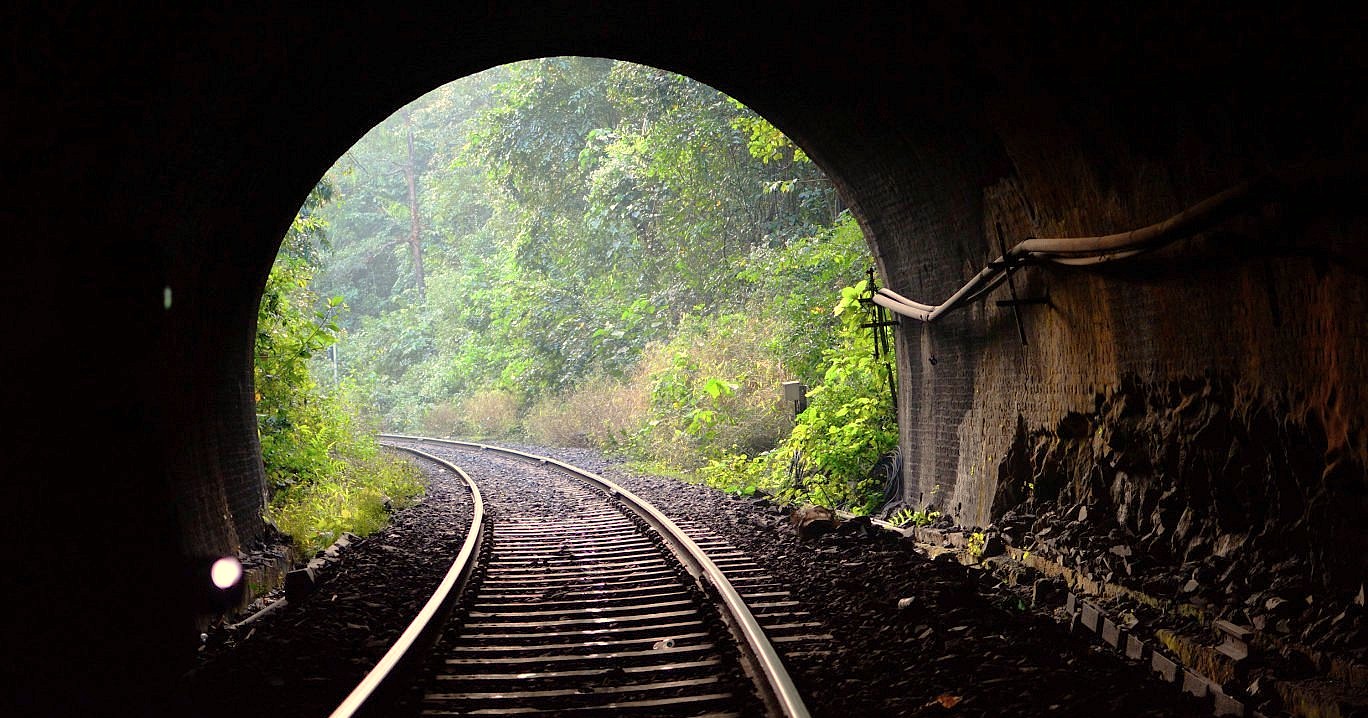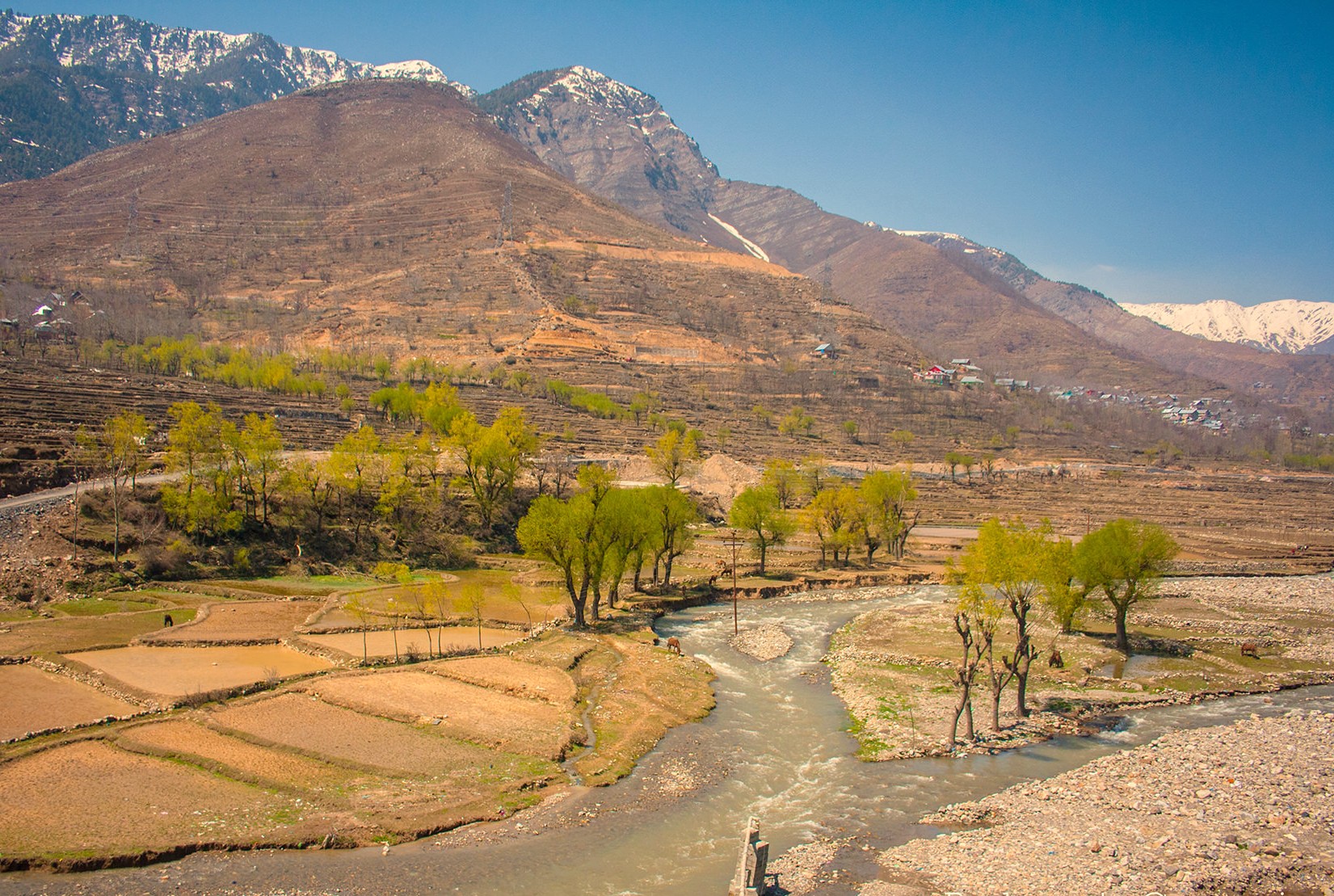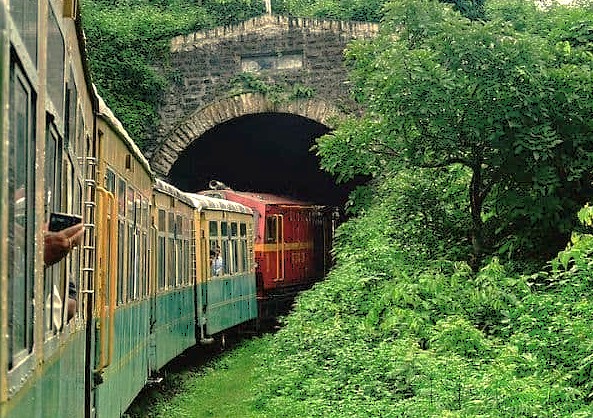Kashmir
Railway Journey Srinagar To Banil Kashmir
Mother Masala Tours
The Steel Mountain Serpent
Railway Journey Srinagar To Banil Kashmir. A vital, 135-kilometer artery of steel and will. This line, part of the ambitious Udhampur-Srinagar-Baramulla Rail Link - USBRL, physically connects the Kashmir Valley to the Indian subcontinent, bypassing the treacherous Pir Panjal mountains. The critical Qazigund-Banihal section, featuring India's longest railway tunnel, was completed and opened in June 2013. The Diesel Multiple Unit - DMU, trains that run this route are more than transport; they are a lifeline, carrying people, culture, and the promise of an unbroken connection through a land defined by geographic isolation and profound history.

The Journey Begins in Srinagar
Our journey begins at Nowgam station, serving Srinagar. The city's name originates from Sri-Nagar, meaning "Auspicious City," or perhaps Suryanagar, the "City of the Sun." It is the summer capital, with a population exceeding 1.2 million. The station stands as the northern hub of the valley's railway, a line that runs parallel to the Jhelum River, the ancient Vitasta, which has served as the region's lifeblood for millennia.
Railway Journey Srinagar To Banil Kashmir: Route History

As we travel, you will be moving through a landscape steeped in deep history. The valley's first major historical record begins with the powerful Mauryan Dynasty. The great Emperor Ashoka is credited with founding the original city of Srinagar at Pandhrethan around 250 BCE. This stunning route, now covered in steel, follows the classic, ancient footpaths where Buddhist missionaries and traders once walked. This active network was a meaningful connection, solidifying the region's substantial link to the plains of India.
The Vital Jhelum River System
Railway Journey Srinagar To Banil Kashmir. Throughout the journey, the track rarely strays far from the Jhelum River. This primary water system, fed by the Verinag Spring near Anantnag, dictates all life. The train crosses numerous glacial tributaries that flow from the mountains. This water irrigates the vast, flat rice paddies that define the valley floor, creating a distinctive green landscape framed by the sharp peaks of the Pir Panjal range.
Anantnag Station: A Central Hub

We arrive at Anantnag, the lively southern commercial hub of the valley, a substantial city serving a population of over 100,000. Its beautiful name translates to "Countless Springs," a meaningful reference to the many freshwater sources that nourish this stunning region. This station is a major gathering point, a truly active center. Here, we will see passengers joining us from the remote southern areas, like Kokernag and Pahalgam. They are all coming together, immersed in the shared energy of this platform, preparing for the trip with us as the train moves toward the mountains. It's a fantastic moment of convergence.
Local Food on the Journey
RouteOnboard, the culture of the journey is revealed through food. Vendors walk the aisles selling Kulcha, ard, savory biscuit often stamped with a pattern, and Sheermal, a soft, saffron-flavored sweet flatbread. A traveler might carry 100 grams of Nader Monje (lotus stem fritters) wrapped in paper, or a flask of hot Nun Chai (salted tea), its pink color a marker of Kashmiri tradition.
The Pir Panjal Railway Tunnel

At Qazigund, the train slows and aligns with the portal. It is here the journey's true purpose is revealed: the Pir Panjal Railway Tunnel, also known as T-80. This 11.2-kilometer-long tunnel, a project of the Northern Railway, was a monumental engineering feat. Its inauguration on June 26, 2013, marked the first time the valley was linked by rail to the Banihal side. The world outside disappears as the train enters the bore. The journey through the Pir Panjal tunnel takes approximately nine minutes. It is India's longest railway tunnel, built using the New Austrian Tunneling Method to cut through the unstable geology.
Arriving at Banihal Station
The train bursts from darkness into Banihal. The landscape is instantly transformed. The soft, alluvial valley is gone, replaced by the steep, rugged, and rocky terrain of the Chenab Valley. Banihal, a name that means "blizzard" in Kashmiri, sits at a high altitude. This town of around 4,000 people exists as the critical link, the "rail-head," connecting the train to the highway leading to the rest of India.
The Gods Of The Rails

As the consort of Shiva, Goddess Shakti (also known as Parvati or Durga) is the active, protective energy of the universe, a stunning and powerful force. In Kashmir, this divine feminine power is venerated in many important forms. One is Ragnya Devi, worshipped at the beautiful Kheer Bhawani Temple. This sacred space is a notable pilgrimage site for Kashmiri Pandits. Before starting a new venture or a substantial trip, devotees visit this peaceful shrine to offer kheer (rice pudding) and milk, seeking her blessings and magical guidance. Another is Sharika Devi, the presiding deity of Srinagar and a form of Durga with eighteen arms. Her shrine is situated on Hari Parbat hill, and she is revered as the supreme protector of the city.
Something Incredible Begins Right Here
Railway Journey Srinagar To Banil Kashmir. As our scenic railway journey from Srinagar to Banihal draws to a close, the memories linger like the mist over the valleys. We've traversed a living canvas of blooming orchards, majestic peaks, and hidden gorges, where every tunnel revealed a new wonder. The gentle rhythm of the tracks echoed the heartbeat of Kashmir's untamed beauty, from riverside villages to soaring eagles. This path isn't just a route—it's an invitation to rediscover serenity amid nature's grandeur. If adventure calls, let the rails guide you
Benefits of Mutual Exchange

This railway journey from Srinagar to Banihal is a profound pathway for mutual exchange, blending travelers with the essence of local life. As we embark, we forge a tangible link to the outside world, bolstering vendors at stops who tempt us with warm kulcha and fragrant sheermal. Amid the train's gentle sway, we sip steaming kahwa, exchanging tales with passengers whose narratives unveil the steadfast resilience of these mountain folk. In reciprocity, locals extend passage through their realm, unveiling intimate views of endurance against rugged landscapes. We gain the sublime reward of delving into a fire-and-ice vista towering snow-veiled peaks against vibrant valleys.